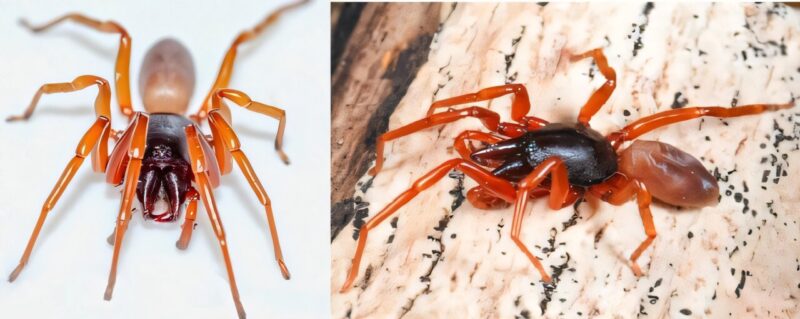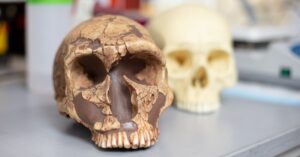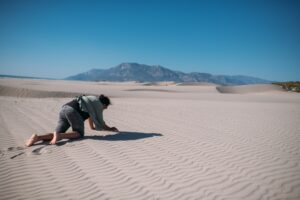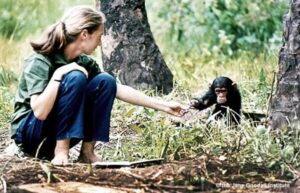When small red devil spiders colonized the Canary Islands millions of years ago, they began one of the strangest genetic journeys of any creature. Although the Dysdera tilosensis looks very similar to its mainland cousins, the island spider has shed almost half of its genome. Yet it is, paradoxically, the most genetically diverse of its genus.
The discovery goes completely against what scientists thought they knew about how species evolve on islands. Known as the founder effect, when a small group of animals becomes isolated on an island, they usually face less selective pressure. Their genome usually expands with the accumulation of repetitive, non-functional DNA. Genetic diversity drops. This spider took the opposite path.
“The genome downsizing of the spider D. tilosensis…is one of the first documented cases of drastic genome downsizing,” said study co-author Julio Rozas.
Researchers think that millions of years ago, a few adventurous ancestors of the Dysdera genus made their way from Europe to Gran Canaria in the Canary Islands, off the northwest coast of Africa. Possibly, they hitched a ride on floating debris.
Once there, the little spiders found a brand-new world of volcanic landscapes and empty niches. There are now almost 50 Dysedera species on the islands.
The new study focuses on one particular type, Dysdera tilosensis. Over a few million years, it went through this remarkable genetic streamlining. Compared to its mainland relative, Dysdera catalonica, the island spider’s genome is about half the size. It has roughly 1.7 billion DNA bases compared to Dysdera catalonica’s 3.3 billion.
Most would expect such a massive cut in genetic material to make a species less genetically diverse, but the opposite has happened. The spider didn’t lose any essential genes for survival. Instead, it seems to have gotten rid of large stretches of repetitive and unnecessary DNA — the “genomic junk” that makes up a huge portion of many genomes. The little arachnid actually shows more DNA variation than other closely related species.
Scientists think this might be because the island population has stayed large and stable for a very long time. With fewer pressures from predators and a stable environment, natural selection could steadily weed out unnecessary DNA. Over time, only the useful and efficient parts of the genome were kept.






